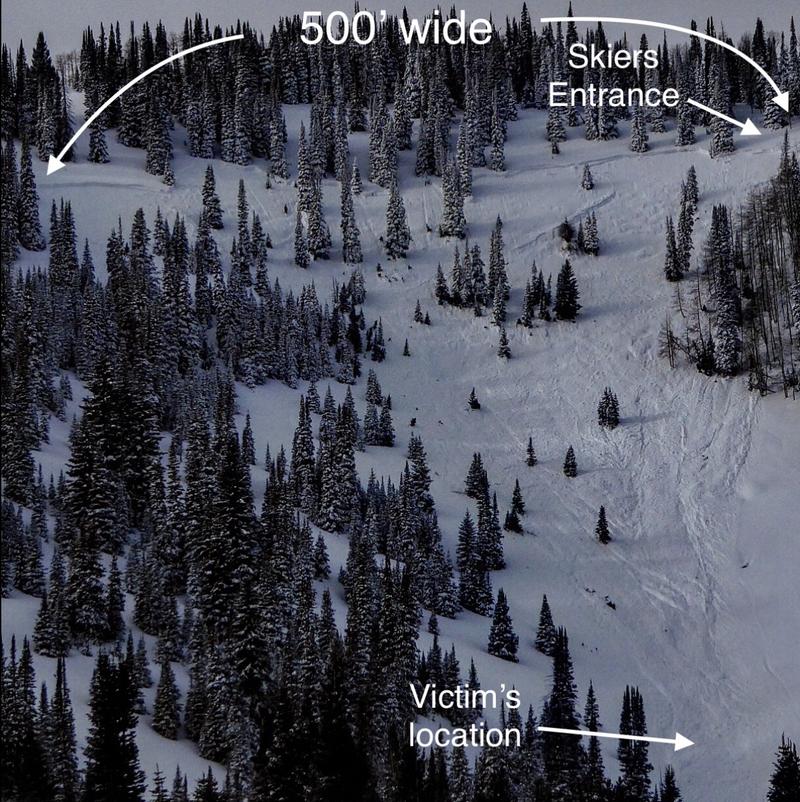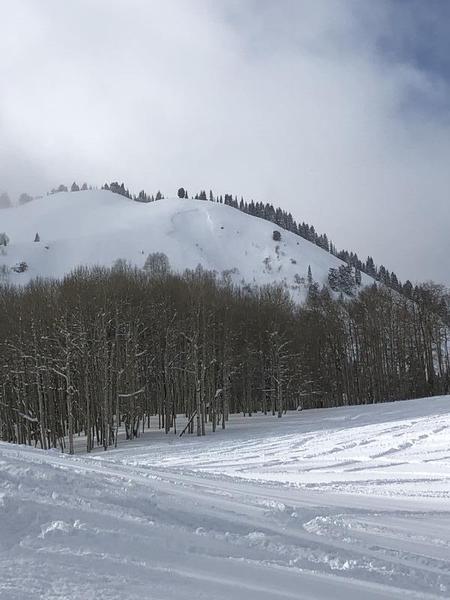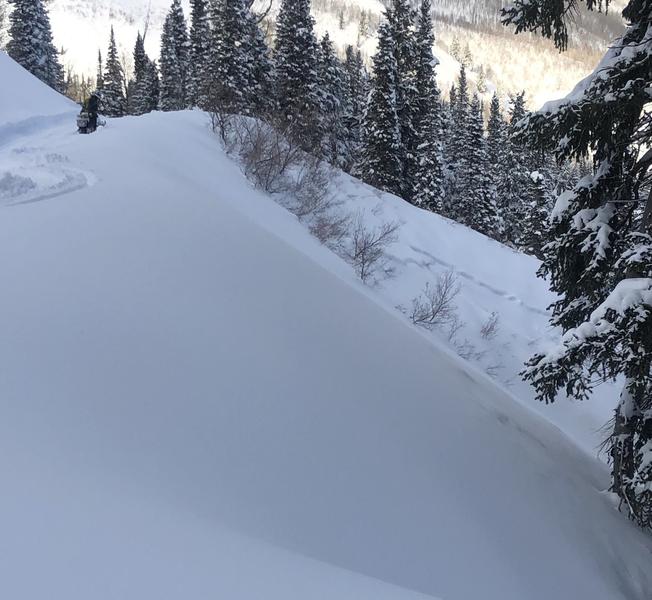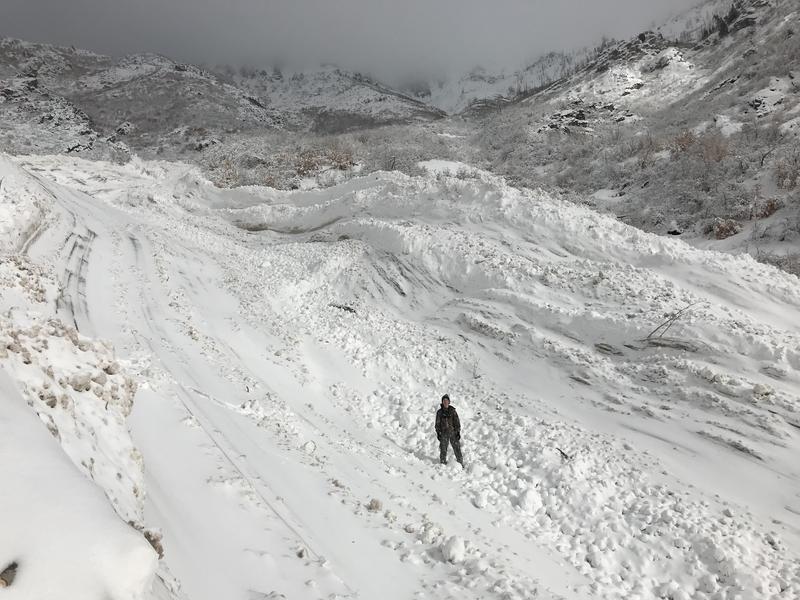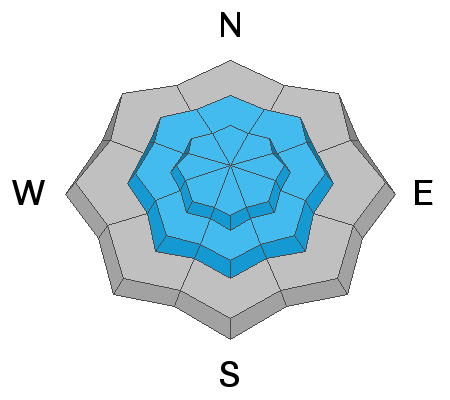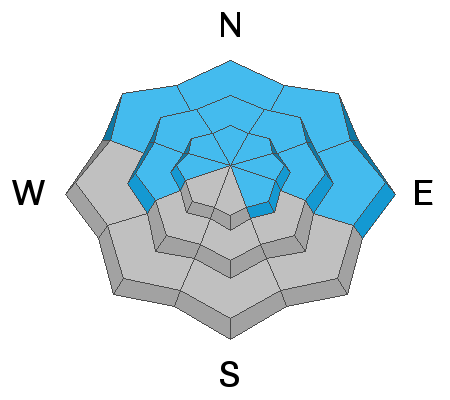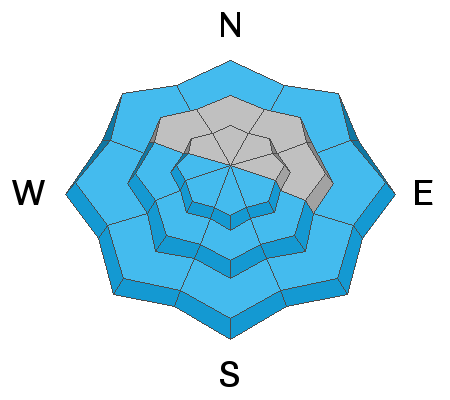Forecast for the Provo Area Mountains

Issued by Evelyn Lees on
Sunday morning, January 20, 2019
Sunday morning, January 20, 2019
The Avalanche Danger is CONSIDERABLE on almost all aspects and elevations in the Provo area mountains. Human triggered avalanches are likely on steep slopes. Avoid travel in avalanche terrain - which includes slopes steeper than about 30 degrees as well as travel below steep slopes and in avalanche runout zones. Wet loose sluffs can be triggered on steep low to mid elevation slopes of all aspects as the day heats up or the sun comes out.
Those with excellent avalanche and route finding skills will find great turning and riding conditions in supportable settled powder on low angle, wind sheltered slopes.
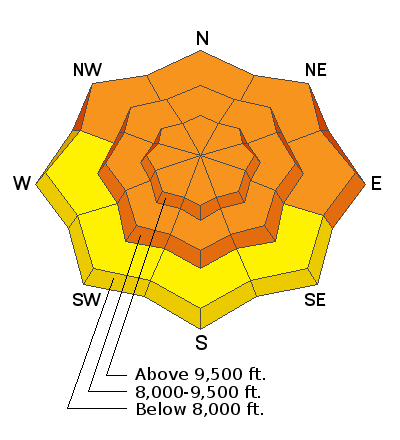
Low
Moderate
Considerable
High
Extreme
Learn how to read the forecast here


